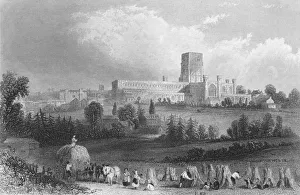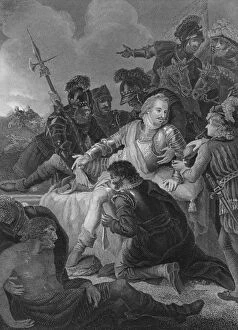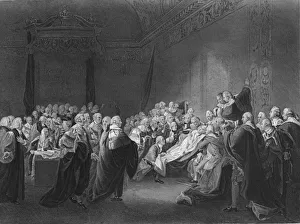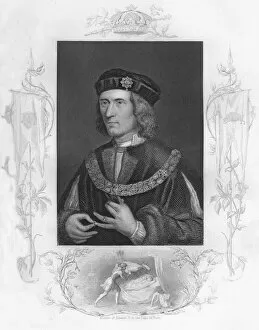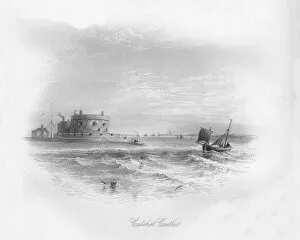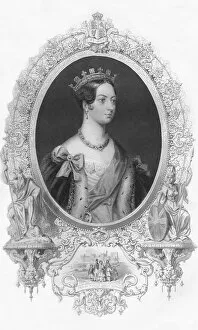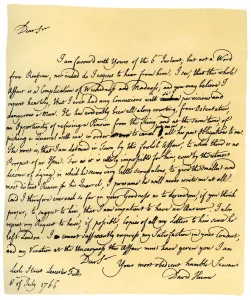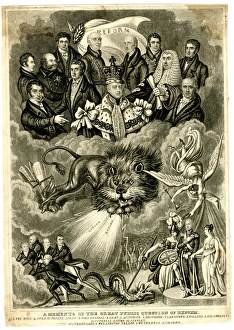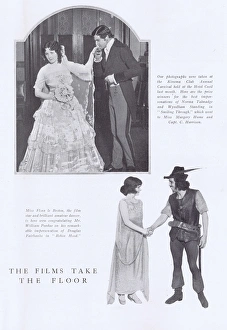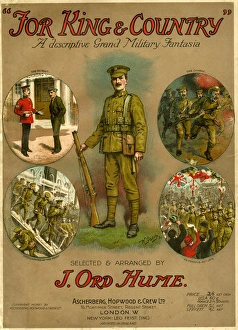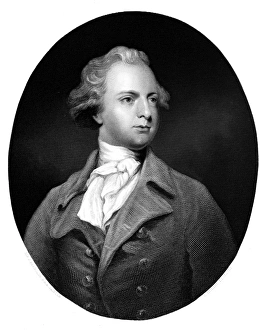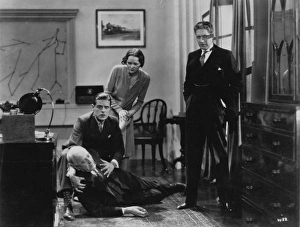Hume Collection (#4)
David Hume, a renowned philosopher and historian, left an indelible mark on the world of intellectual thought
All Professionally Made to Order for Quick Shipping
David Hume, a renowned philosopher and historian, left an indelible mark on the world of intellectual thought. His ideas continue to shape our understanding of human nature and the limits of knowledge. However, amidst his profound contributions, it is important not to confuse him with other individuals who share his name. In 1912, tragedy struck when some Titanic officers were lost in the infamous disaster. This event captured the attention of many, but it has no direct connection to David Hume's life or work. Another notable figure named Hume was Boswell from Edinburgh Home. While this may sound intriguing, there is no known association between Boswell and David Hume. Returning to our main focus – DAVID HUME – we must remember that he was a philosopher whose theories challenged prevailing beliefs about causality and skepticism. His impact on philosophy cannot be overstated. Moving away from philosophy for a moment, let's explore some unrelated references involving people named "Hume. " In memoriam are heroic musicians of the Titanic; their story captivates hearts even today. Actors Carlyle Blackwell and Benita Hume appeared together in The Wrecker while Benita also starred alongside Percy Marmont in The Lady of the Lake and Cyril MacLaglen in Balaclava. Shifting gears once more: Cardinal Basil Hume and Fenner Brockway were influential figures outside academia who made their own marks on history through religious leadership and political activism respectively. Lastly, followers of Zulu King Cetshwayo kaMpande have their own unique historical significance separate from David Hume's legacy as well as James Tibbitts Willmore's artistic portrayal of The Tower of London in 1859. While these various hints may pique curiosity or evoke intrigue surrounding "Hume, " they do not directly relate to David Hume himself, and is crucial to differentiate between these distinct individuals when exploring their respective contributions to history, philosophy, art, and society.



